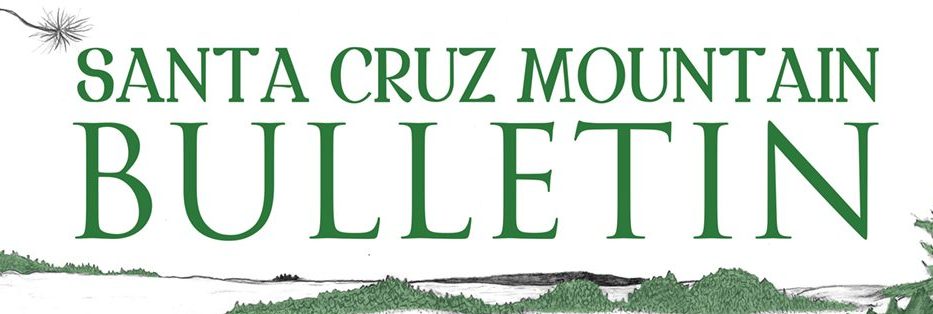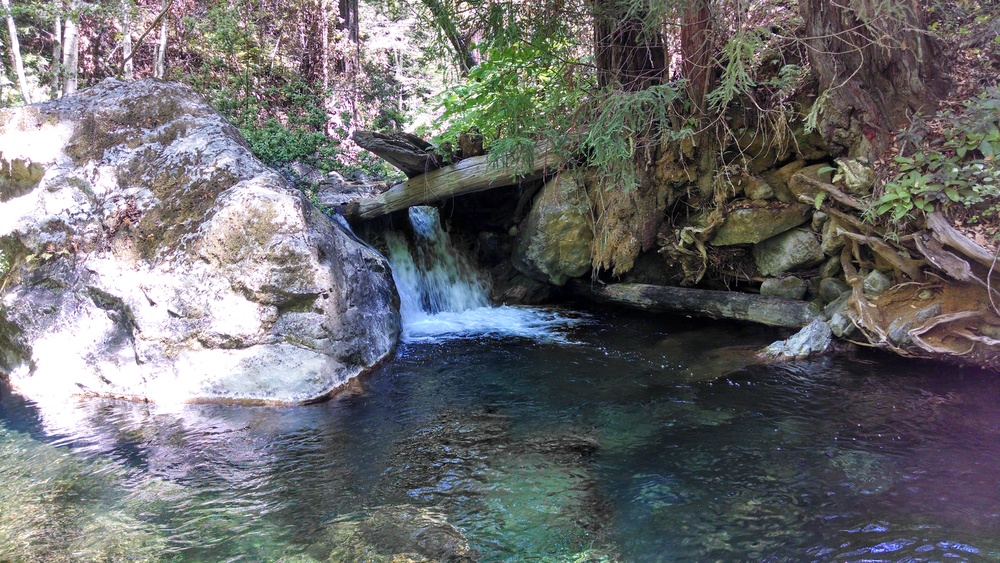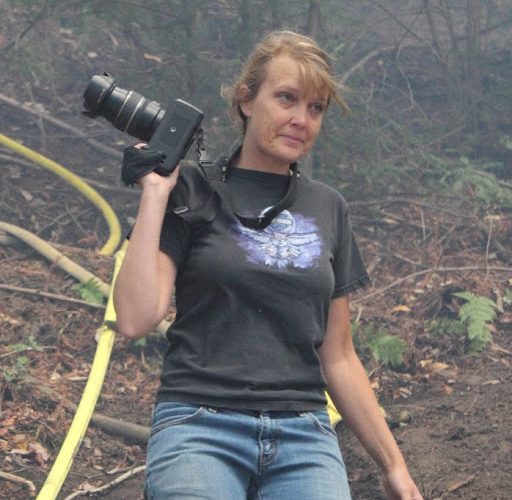By Chris Finnie
There’s an old saying that describes certain people and the actions they take as “penny wise and pound foolish.” The saying describes behavior that seems to save a small amount of money in the short term, but that actually costs much more in the long term.
At the June 20th meeting of the board of directors of the San Lorenzo Valley Water District, that was the general tenor of the citizen comments against the proposed cuts in the annual budget. While the board increased the budget for board meetings from the number recommended by staff, they gutted spending on conservation and the environment. Not one ratepayer who spoke at that meeting supported those cuts.
A look at the pennies saved and the pounds it could cost the district shows why. The board cut the budget for the Environmental Department by 40%. Under questioning by new director Lew Farris, environmental programs manager Jen Michelsen detailed some of the impacts it would have.
Only 5% of the budget, this one department sustained virtually all of the cuts made by the board. As Michelsen said at the meeting, these cuts will impact:
Water conservation
With no ability to bring in water from anywhere else, the SLVWD relies on local sources such as surface water and the local aquifer that we share with other water districts in the area. Maintaining those sources through conservation education and active measures is critical. Since the district gets a constant influx of new residents from other areas, they may not understand the different situation of our water sources and how critical it is to conserve water.
Watershed management
Because of our reliance on surface water, our watershed is critical to maintaining the quality and availability of this water. These cuts will limit our ability to control erosion in riparian corridors, and leave no money to manage invasive species that can crowd out native plants that are critical to the health and stability of watershed properties.
Reduced fish monitoring
The health of fish in our streams and creeks provides essential information about the health and flow of those surface water sources. You can see them as aquatic canaries in the coal mine. Reducing the number of sites we can monitor diminishes our understanding of the health of the watershed. These were just a few of the impacts Ms. Michelson listed off the top of her head at the meeting. But, as many of us pointed out at the meeting, they could have long-term impacts that could cost the district far more in the long run.
Just the $9,300.00 increase in the budget for more board meetings could have, for example, more than tripled the paltry budget amount the board left for the conservation rebate program. During the next drought, we may be very sorry they decided to make that budget choice.
Taking credit for the work of others
After passing this short-sighted budget, the board was eager to take credit for infrastructure work that was started by the prior board. They noted the growing reserves. Under later questioning, finance manager Stephanie Hill admitted that reserve growth was paid for by the rate increases implemented by the prior board, and derided by the current directors—who also advocated stopping the increases, but thankfully didn’t in this budget. Ms. Hill also reported at the meeting on progress toward finalizing a large loan that will help the district address more of the infrastructure repairs and upgrades we need. Former member of the budget and finance committee, and board director John Hayes told me last year that the district would not have qualified for that loan without the rate increases that allowed us to demonstrate sufficient revenue to repay it. The current board is not responsible for these positive developments. They campaigned against them. But now they’d like us to think the accomplishment is theirs alone. It is not. The environmental cuts are.
These were just a few of the
impacts Ms. Michelson listed off
the top of her head at the meeting.
But, as many of us pointed out at the meeting, they could have long-term impacts that could cost the district far more in the long run. Just the $9,300.00 increase in the budget for more board meetings could have, for example, more than tripled the paltry budget amount the board left for the conservation rebate program. During the next drought, we may be very sorry they decided to make that budget choice. Taking credit for the work of others After passing this short-sighted budget, the board was eager to take credit for infrastructure work that was started by the prior board. They noted the growing reserves. Under later questioning, finance manager Stephanie Hill admitted that reserve growth was paid for by the rate increases implemented by the prior board, and derided by the current directors—who also advocated stopping the increases, but thankfully didn’t in this budget. Ms. Hill also reported at the meeting on progress toward finalizing a large loan that will help the district address more of the infrastructure repairs and upgrades we need. Former member of the budget and finance committee, and board director John Hayes told me last year that the district would not have qualified for that loan without the rate increases that allowed us to demonstrate sufficient revenue to repay it. The current board is not responsible for these positive developments. They campaigned against them. But now they’d like us to think the accomplishment is theirs alone. It is not. The environmental cuts are.




















